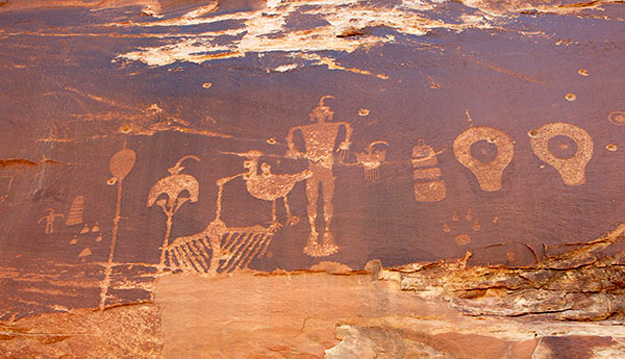

The manufacture of decorated Hohokam pottery was similar to that of the plain wares. Oak Street 0.00 Miles Away Beth Quinn Designs 8334 E Oak St 0.18 Miles Away Scottsdale Tile Demolition 8408 E Sheridan St 0.20 Miles Away ACME Recording Studio of Scottsdale,AZ Near the 101 And Thomas Rd 0.23 Miles Away Kirk M Photography 0.30 Miles Away Homes By Sedona, LLC 8603 E Palm Ln 0. Hohokam Red wares were slipped with an iron-based pigment that turned red after the vessel was fired. It refers to people who lived in parts of central and southern Arizona between A.D.

The Hohokam lived in the Phoenix Basin along the Gila and Salt Rivers, in southern Arizona along the Santa Cruz and San Pedro Rivers, and north on the Lower Verde River and along the New and Agua Fria Rivers. Later in time, the interiors of bowls were slipped with a black carbonous material. Hohokam Traditional School has 489 learners in grade levels Prekindergarten-6. Hohokam is the name of an archaeological culture. The word Hohokam is a Piman language term for all used up or exhausted, and the name given by archeologists to the ancient farming peoples of the southern deserts of Arizona. The surfaces of Plain wares were smoothed to some extent and many were polished, and after the vessels were fired, they turned a color that ranged from light or dark brown, gray, to orange. Analytically, based on the type of temper used, these are classified as to the geographic setting of their manufacture, and are referred to as Gila (Gila River basin), Wingfield (Agua Fria basin, the Northern Periphery, or Lower Verde Area), Piestewa Peak (Phoenix Metro area north of the Salt River), South Mountain (Phoenix Metro area south of the Salt River), or Salt (Salt or Verde river basins) Plain and Red wares. Hohokam Plain and Red wares were primarily tempered with a variety of materials including micaceous, phyllite, or Squaw Peak schist, as well as granite, quartz, quartzite, and arkosic sands.
#Hohokam traditional series#
Overall Hohokam pottery was made from a small fine clay base connected to a series of coils that were thinned and shaped using the paddle and anvil technique. Hohokam ceramics are defined by a distinct Plain, Red, and Decorated ware tradition.


 0 kommentar(er)
0 kommentar(er)
